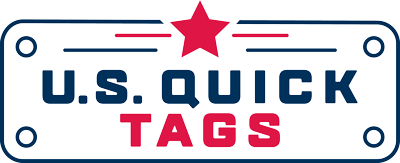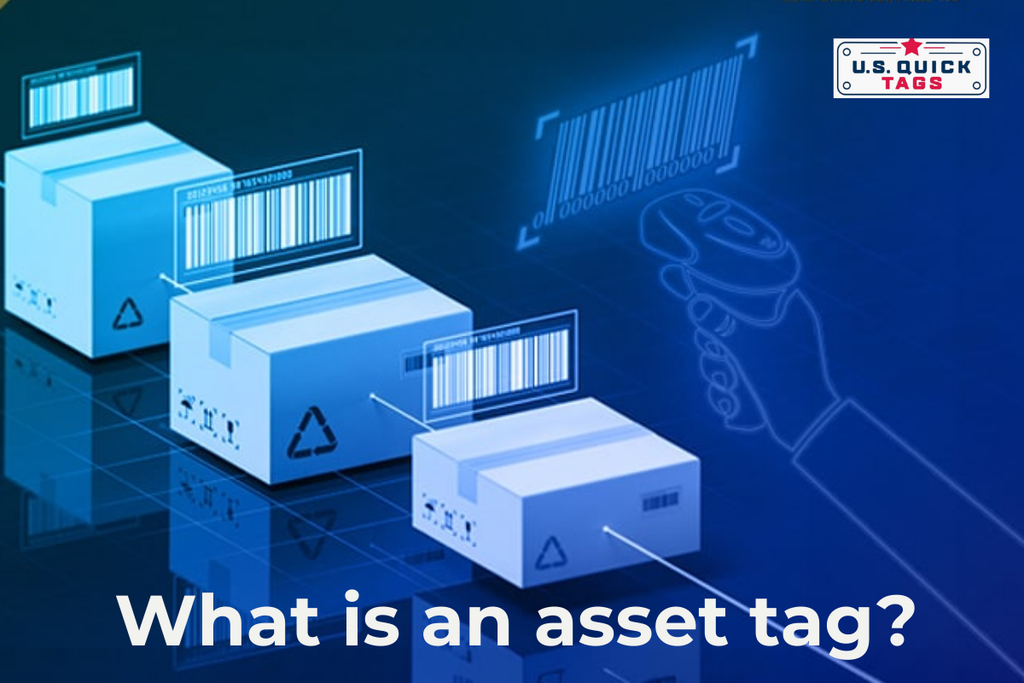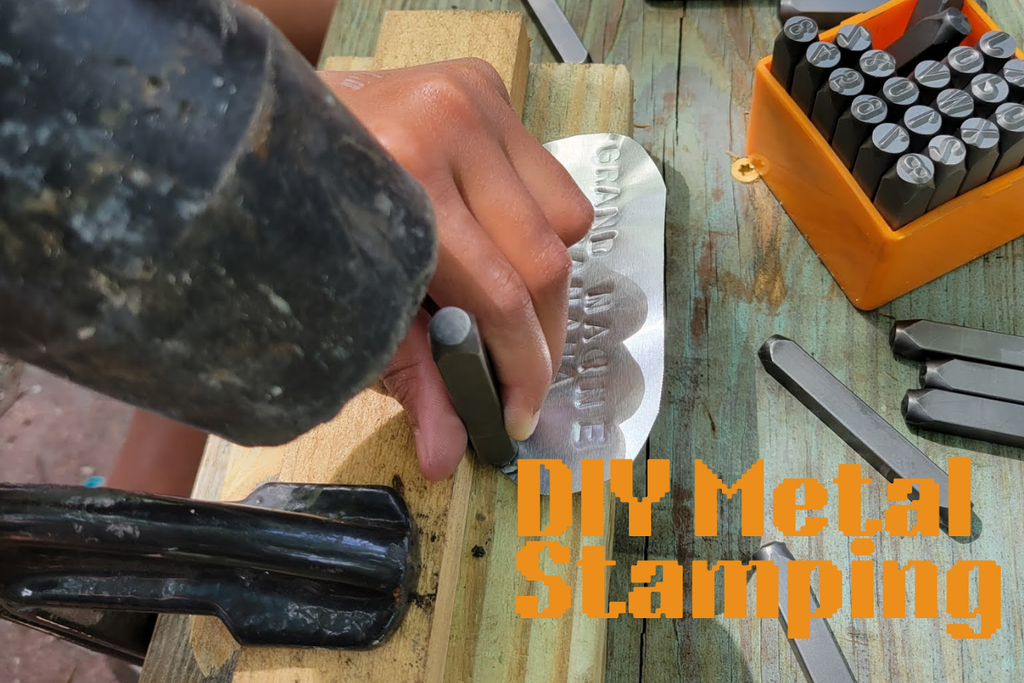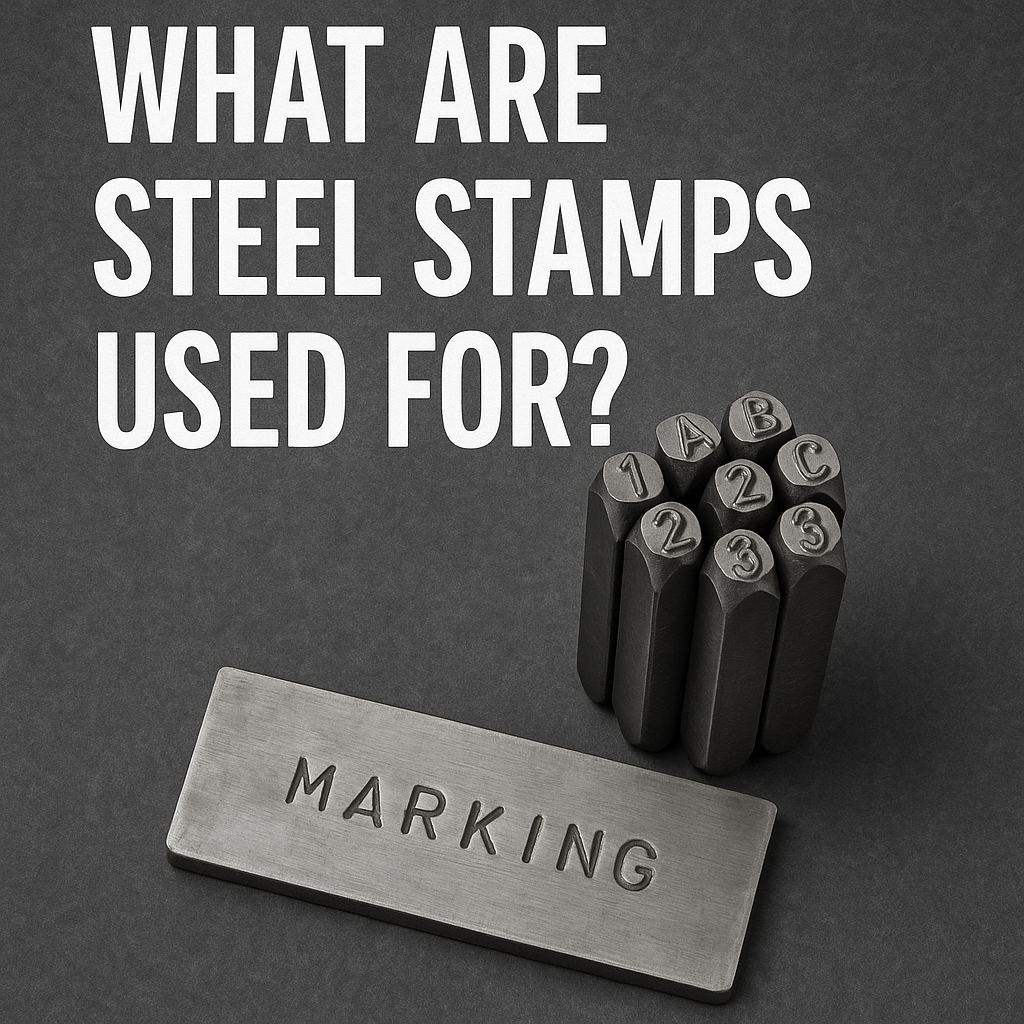Metal Capacity Tags and their Uses
- USQuickBlogs
- 18 Jun, 2020
Metal capacity tags are used to provide vital safety information to passengers and operators of machinery, transportation, and other equipment.
A capacity plate typically contains specific weight limitations and tolerances. This can be to prevent a machine from tipping, or a support from breaking.
Adhering to the specifications called out on metal capacity plates can mean the difference between safe usage and an injury or accident.
Blank metal tags can be used to mark this equipment simply and quickly, helping to prevent these risks.
Applications
Forklifts
One of the most common usages for capacity plates, forklifts are often adorned with one of these metal tags.
If used improperly, forklifts can tip over, leading to injury or damage to property. This can also break or severely damage the machine itself.
OSHA specifically requires the usage of forklift plates in their standards.
These nameplates must include safe handling weight without changing its center of gravity. It may also include fuel type, tire size, back tilt, lifting height, and more.
Boats
One of the most common uses for capacity placards is clearly indicating carrying capacity for watercraft. Boats must be marked with a permanent capacity plate near the steering area or the helm.
The information on the capacity plate contains details regarding the capabilities of the vessel. This can include power of the engine/motor, max number of passengers on the boat, max cargo size (weight), etc.
Following these guidelines is essential to maintaining safety on the water. If you overload a boat it can throw off the center of gravity, making it very top heavy and easy to tip over or capsize. In addition, overloaded cargo may cause unnecessary strain on the engine or motor, resulting in damage or failure.
Elevators
If you’ve ever ridden in an elevator, you’ve probably noticed a prominent sign indicating maximum capacity for the lift.
In addition, elevators are often equipped with other information on data code plates for operator and firefighter use, as well as emergency info for passengers.
Cell Phone Tower Equipment
Scaling high cell phone and utility towers is a potentially dangerous occupation which requires specific guidelines to be followed to prevent injury.
Special harnesses and other gear are relied upon to effectively scale these heights. This equipment must be used within the tolerances and specs the manufacturer provides.
Cell phone tower ropes are required to be equipped with a capacity plate which specifies the correct usage of climbing equipment.
Trying to overload equipment without following procedures can lead to a fatal mistake.
Construction Equipment
Heavy machinery is very likely to have capacity plates on it as well.
Sling and wire ropes used on construction sites are often fitted with capacity marking plates. These safety markers indicate the best way to maintain proper usage.
Construction tags often offer other information for operators such as manufacturer contact info or other data. These tags are often required by OSHA safety guidelines depending on the equipment or application.
Materials
The most commonly used materials for capacity style nameplates are aluminum and stainless steel. Both metals offer outstanding durability and resistance to corrosion.
These metals are easy to mark, and will withstand heavy industrial usage.
Wrap-Up
Capacity tags have uses covering various applications and industries. From labeling boats to marking equipment, they are vital to the safety of workers and passengers alike.
Ensure your organization meets all capacity labeling guidelines by marking your tools and equipment with blank metal tags.






